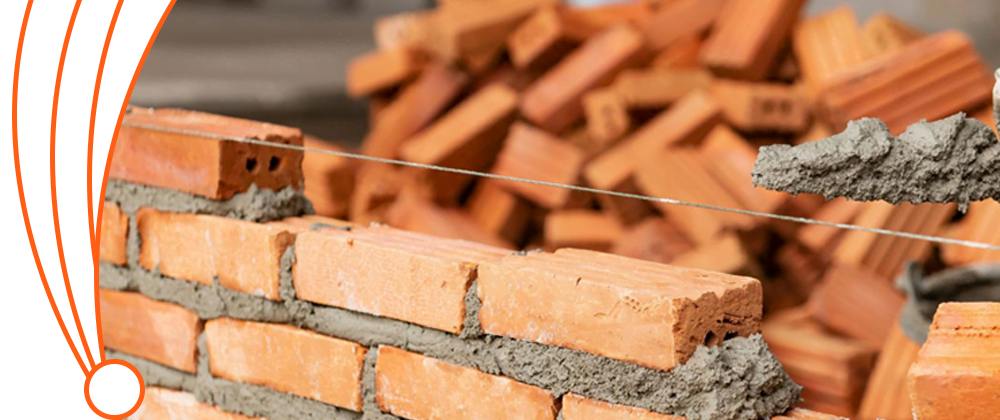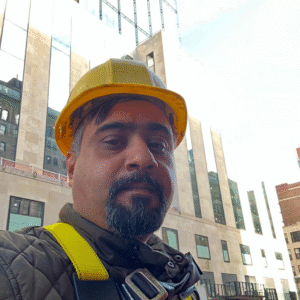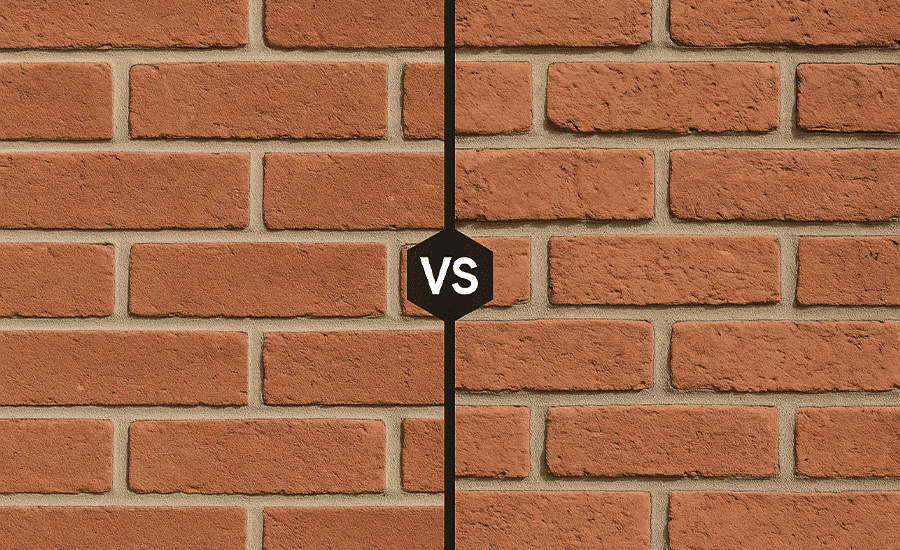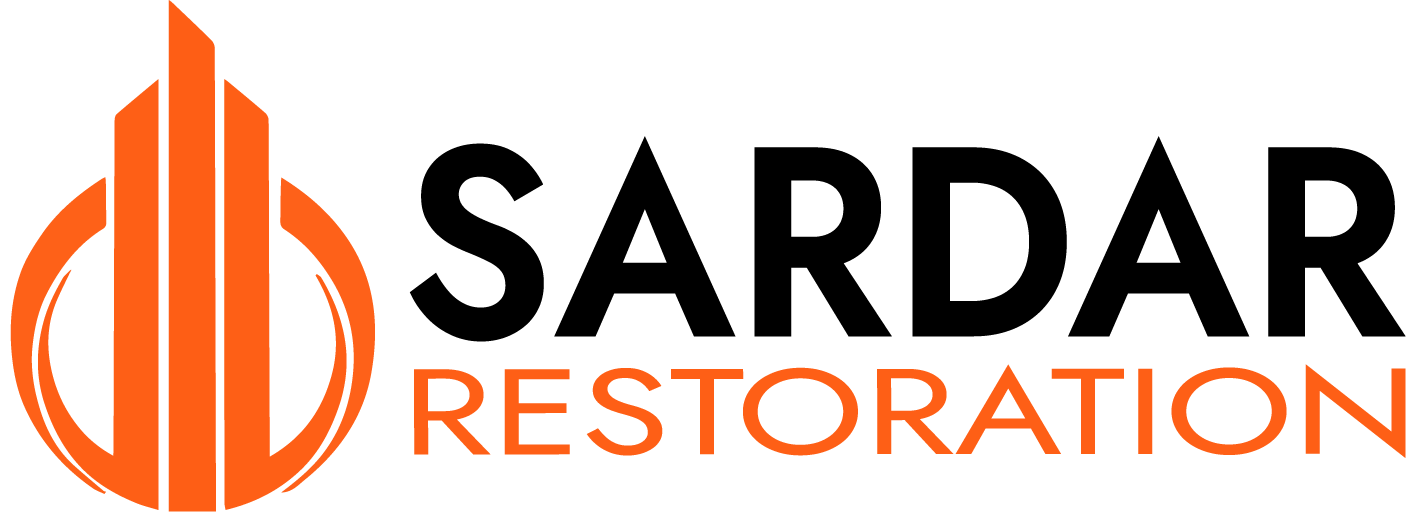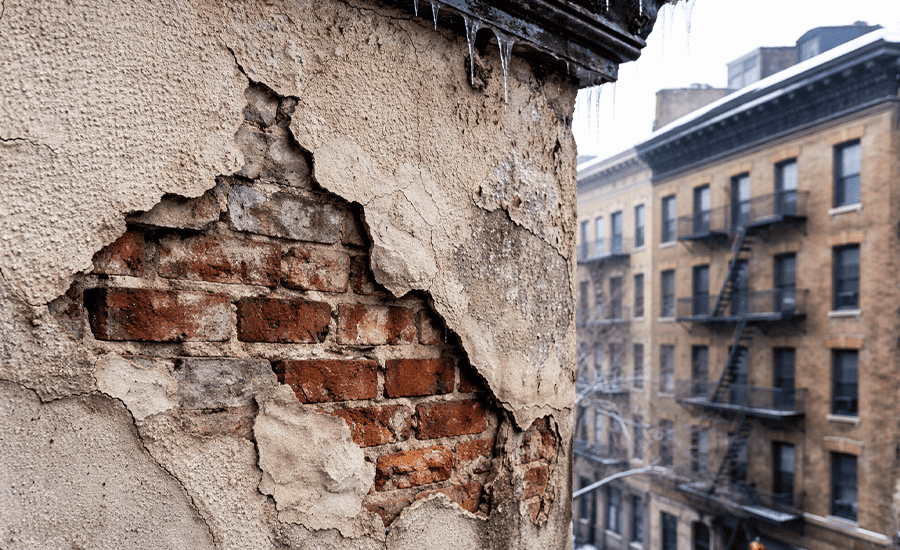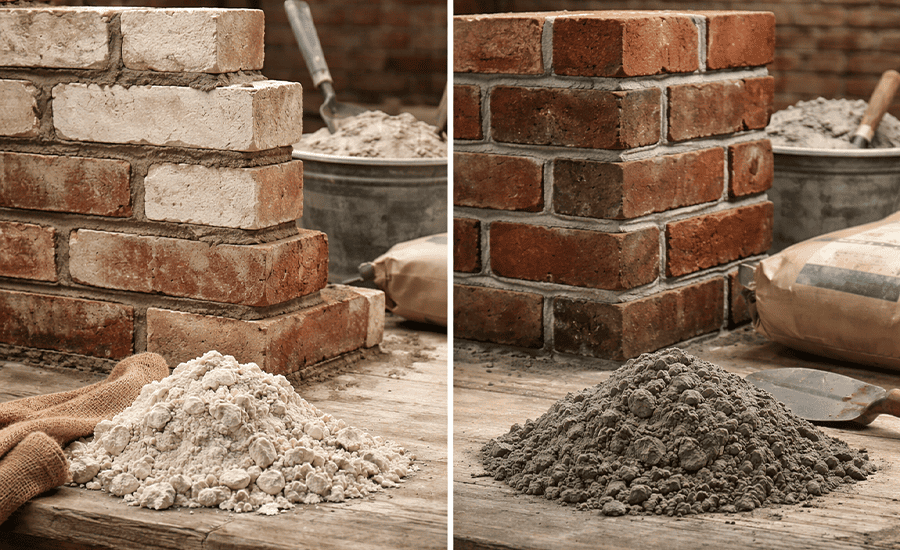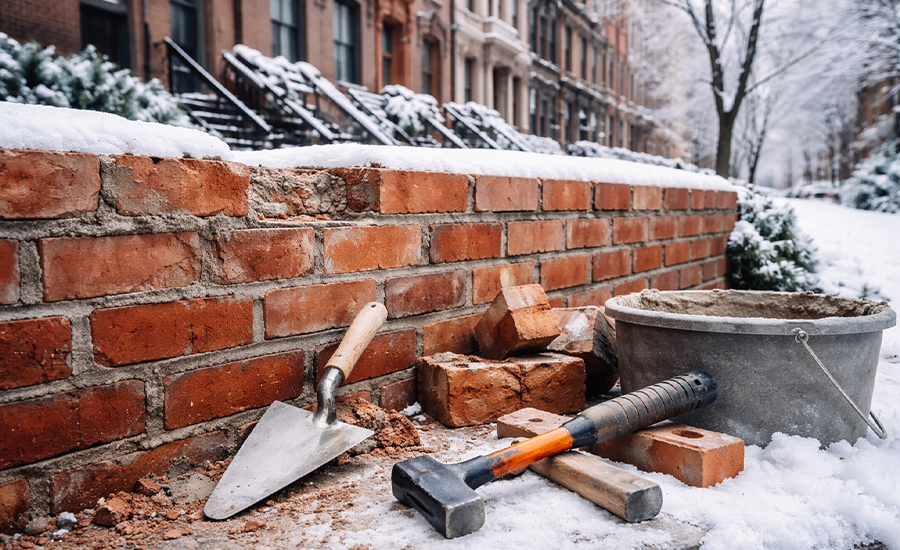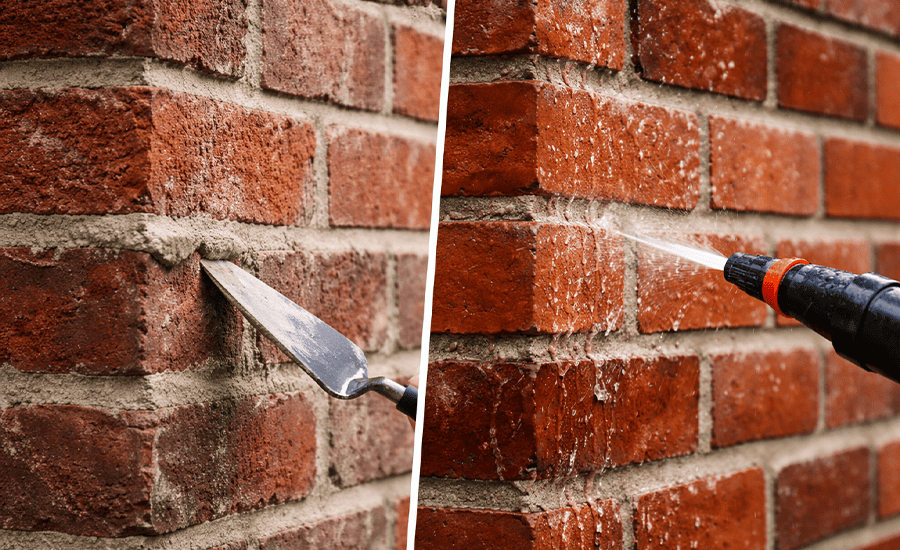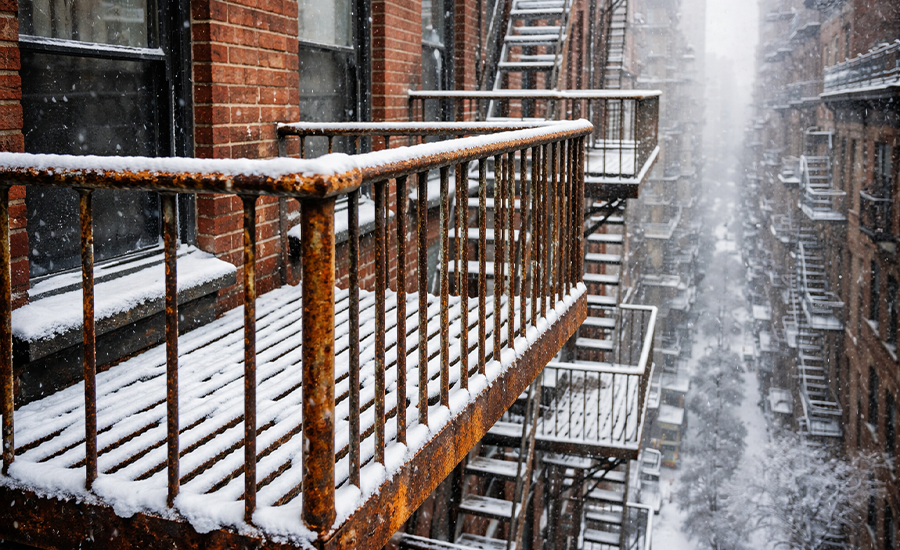There is a wide variety of pointing’s, but choosing the most suitable and appropriate one that complements your brick structure is most important. Two of the most popular options are recessed pointing and flush pointing, but while they may sound similar, their appearance, performance, and suitability can be very different. Both of these pointing’s need frequent upkeep and maintenance for excellent performance, while both demand exceptional tools and techniques for masonry restorations.
In this blog, we’ll thoroughly explain how recessed pointing differs from flush pointing in terms of strength, functionality, and visual aesthetics.
Understanding Recessed Pointing
Recessed pointing is a method where the mortar joint is deliberately set back from the face of the brick, creating a groove or shadow line.
Core attributes:
- Mortar depth is 3–5mm inside the joint line.
- Creates shadow lines that highlight brick edges.
- Often chosen for decorative or heritage projects.
Strengths:
- Enhances brick texture and pattern.
- Adds depth and visual interest.
- Ideal for showcasing craftsmanship.
Weak Points:
- It can collect water in wet climates.
- Requires precise application.
- Slightly more time-consuming.
If you’re wondering about material compatibility, you may like Is Recessed Pointing Suitable for All Types of Bricks?
Understanding Flush Pointing
Flush pointing involves filling the mortar joint so it is level with the brick face, creating a flat, smooth surface.
Core Attributes:
- Mortar is flush with the wall surface.
- Provides a uniform, modern appearance.
- Less susceptible to water pooling.
Strengths:
- Excellent water shedding.
- Low maintenance.
- Faster installation.
Weak Points:
- Less textured look.
- It can make bricks appear less pronounced.
- May not suit heritage aesthetics.
For a complete guide on this style, visit our detailed post what is flush pointing?
What are the Appearance-based Distinctions?
Let’s have a look at how both of these pointing’s are different from each other, visually:
Recessed Pointing:
- Mortar sits inside the joint, producing light and shadow effects.
- Brick edges are clearly outlined.
- Works well with textured or handmade bricks.
Flush Pointing:
- The mortar surface aligns perfectly with the bricks.
- Creates a flat, uniform appearance.
- Complements smooth or modern brick styles.

Effectiveness In Various Conditions
To better understand how each pointing style performs, here’s a side-by-side comparison of their effectiveness under different conditions:
| Conditions | Recessed pointing efficiency | Flush pointing efficiency |
|---|---|---|
| High-moisture areas | Sensitive to cold weather | Optimal run-off performance |
| Low-moisture areas | Superior durability and protection | Equally robust |
| Historic structure | Optimal option | Could lack historic accuracy |
| Recent construction | Not widely used | Most suitable pick |
How To Decide Between These Two?
You can opt for the best option by understanding its functions and operations.
Select Recessed Pointing only if:
- You want to highlight individual bricks.
- You’re working on heritage or decorative projects.
- You live in a mild or dry climate.
Select Flush Pointing only if:
- You prefer a smooth, clean finish.
- You live in a wet or frosty climate.
- You want minimal maintenance.
Budget also matters in the decision-making. You can explore how much does it cost to repoint brick?
Which Pointing Style Should You Choose?
In short, recessed and flush pointing may seem similar but they serve very different purposes. Recessed pointing enhances the brick’s character, while flush pointing offers protection and a neat finish. Choosing the right method depends on your building type and local conditions. With the right pointing style, you can ensure durability, aesthetics, and long-term value for your property.
Sardar Restoration Corp. proudly serves every corner of NYC, including the Bronx, Manhattan, Brooklyn, Westchester, and Queens. Our services are designed to meet your needs, providing top-quality solutions wherever you are. Check our service areas to see how we can assist you in your location.
Contact us today at (+1) 917-355-8556 or sardarrestoration@gmail.com, or visit us at 2770 Fish Ave, Bronx, NY 10469, United States.
FAQs
Can I change from recessed to Flush pointing later?
Yes! Sardar Restoration Corp. recommends the best options. You can easily change recessed pointing to flush pointing, but it requires full mortar removal and re-pointing, which can be labor-intensive.
Do you provide both styles?
Yes! Sardar Restoration Corp. provides both recessed and flush pointing styles that are tailored to your building’s needs and specifications.
Do you do recessed pointing on traditional walls?
Yes! Sardar Restoration Corp. provides recessed pointing services on classic and traditional walls that emphasize individual brickwork and retain architectural legacy.
Is there a big price difference?
Not really! But Recessed pointing is slightly more expensive due to its intensive labor cost, but the difference is usually small.
